Live Chat
Need Help?
Privacy PolicyOvercome Design Challenges With Our ADC Portfolio
Delivering high precision, low power consumption and small size at up to 200 Mega samples per second (Msps) for conversion of analog-to-digital signals, our broad portfolio of Analog-to-Digital Converters (ADCs) can help overcome design challenges by allowing you to choose the right ADC for your low-power designs. We designed our ADCs to operate in high temperatures and high electromagnetic environments and most of them come with AEC-Q100-qualified automotive qualifications, providing the reliability required for automotive and industrial applications.
Analog-to-Digital Converters
- Analog-to-Digital Converters
- Single-Channel ADCs
- Multi-Channel ADCs
- Simultaneous Sampling ADCs
- SAR ADCs
- Delta-Sigma ADCs
- Pipelined ADCs
Featured ADCs
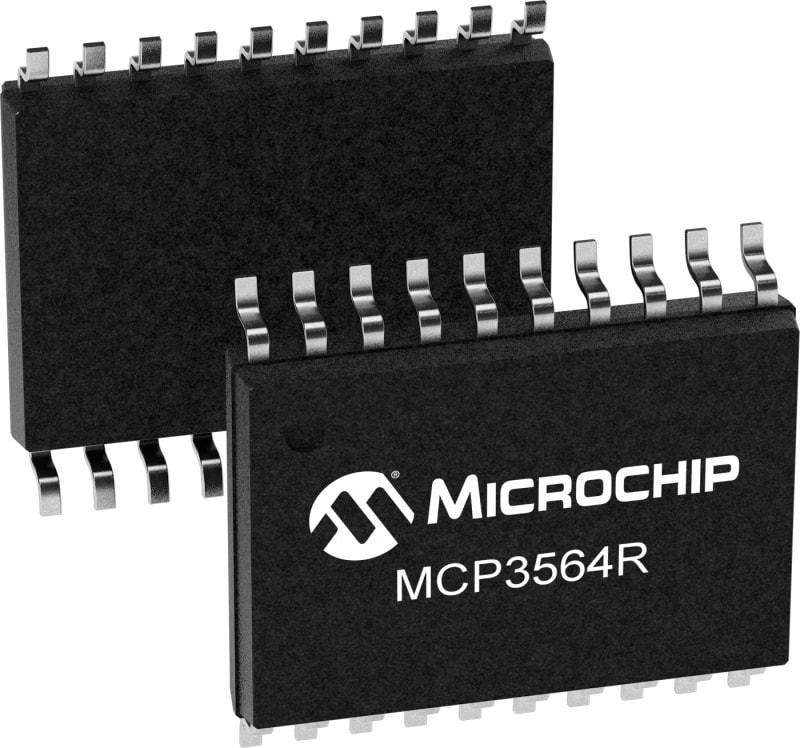
MCP3564R
- 24-bit resolution ADC
- Four differential input channels
- Eight single-ended input channels
- 153.6 ksps
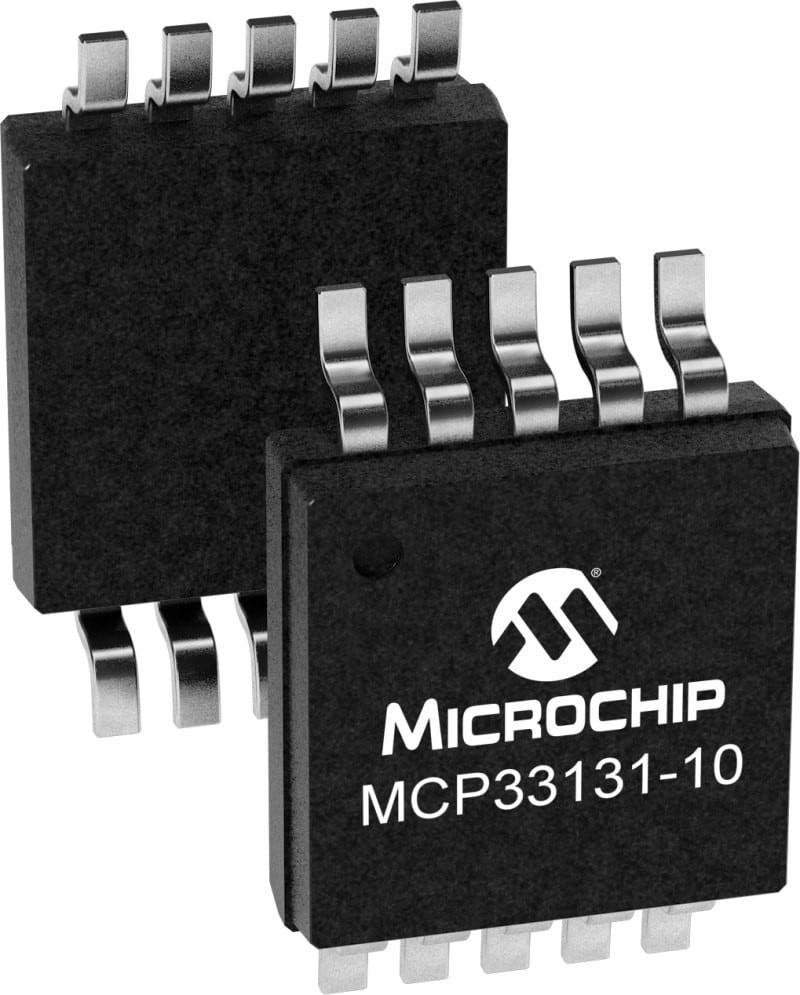
MCP33131-10
- 16-bit resolution
- Single-ended pseudo-differential input channel
- 1 Msps
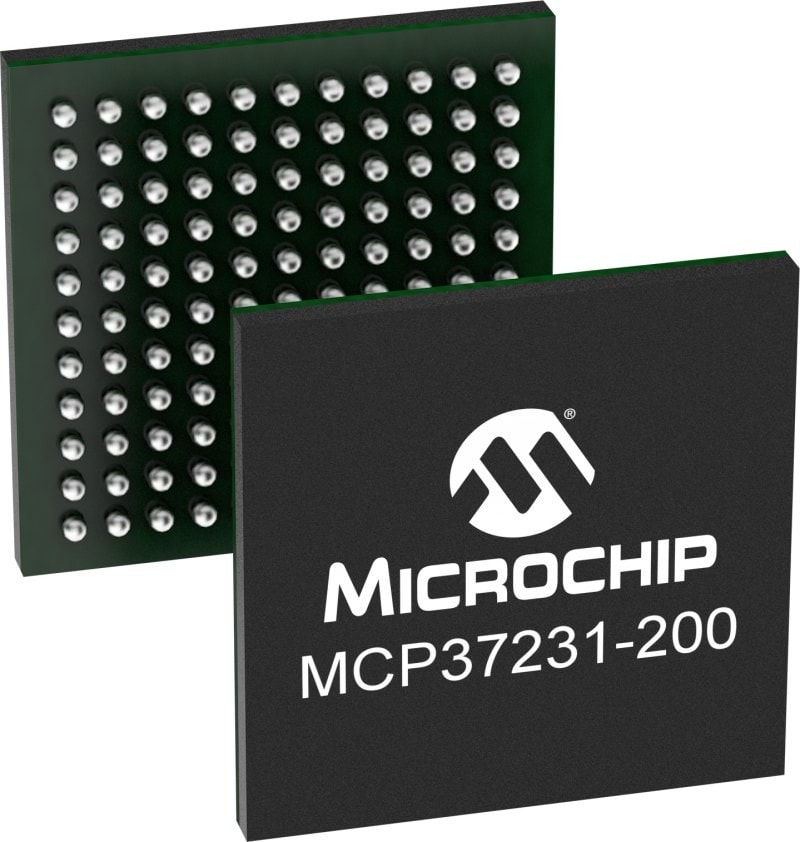
MCP37231-200
- 16-bit resolution
- Eight differential input channels
- 200 Msps
Related Articles

Matching A/D Converter Performance with Application (Part I)
In this article, we describe how a customer was not getting the accuracy expected in their system even though they thought they selected an appropriate level of ADC performance. We then provide an overview of resolution, precision and accuracy.

Matching A/D Converter Performance with Application (Part 2)
Now that we have an understanding of precision and accuracy and how they relate to system performance, we will examine the key specifications of an ADC that define precision and accuracy.
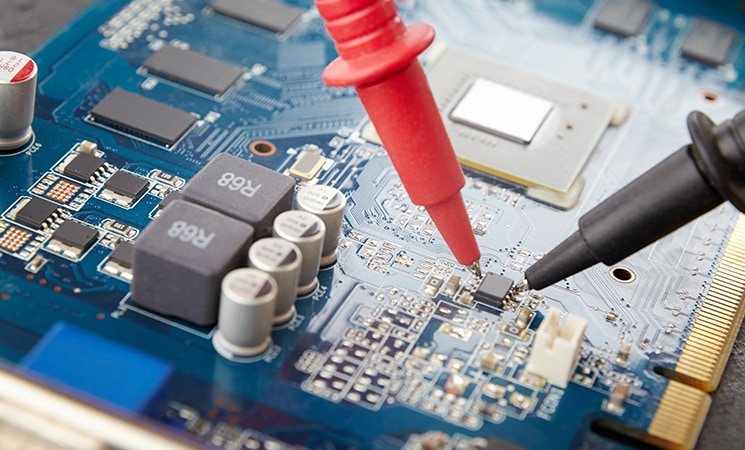
Matching A/D Converter Performance with Application (Part 3)
How is performance impacted by integration? Let’s take a look at four contributing factors that lead to compromises in ADC performance: integration itself, test capability, temperature variation and process technology.

Matching A/D Converter Performance With Application (Part 4)
We look at how the four contributing factors to ADC performance lead to decreased system performance and ultimately their high reject rate in our customer's design.
Companion Products

Voltage References
Looking for a precision voltage reference for your data conversion system to help improve accuracy? Check out our voltage reference products.

Operational Amplifiers
Looking for a complete amplifier solution for your data conversion application? Check out our wide selection of operational amplifiers.

Automotive Qualified ADCs
Our innovative automotive-grade mixed-signal products are designed to fit small footprints, consume very little power and operate in high-temperature and electromagnetic environments.

Software Tools
Need help calculating your signal chain noise budget? The signal chain signal-to-noise calculator tool provides a simple, intuitive and flexible full-noise analysis of your signal chain.
Integrated ADCs vs. Stand-alone ADCs
The importance of Analog-to-Digital Converters (ADCs) is growing, leaving the designer forced to evaluate whether they should choose a microcontroller with an integrated ADC to meet their system requirements or if they should use a stand-alone ADC. In this episode of Coffee Break, we discuss the difference between integrated and stand-alone ADCs.
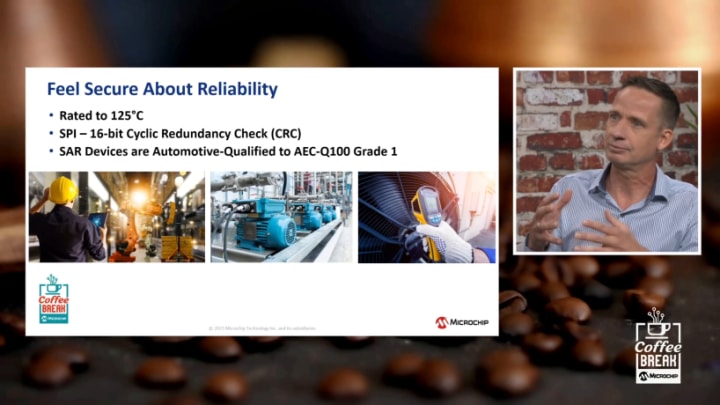
High Fidelity Sensing With Sigma-Delta ADCs
Learn more about our portfolio of patented, high-accuracy, 16- to 24-bit sigma-delta Analog-to-Digital Converters. We offer ultra-small, accurate, flexible and easy-to-use devices designed to meet your application requirements.

Integrated ADCs vs. Stand-Alone ADCs
The importance of Analog-to-Digital Converters (ADCs) is growing, leaving the designer forced to evaluate whether they should choose a microcontroller with an integrated ADC to meet their system requirements or if they should use a stand-alone ADC. In this episode of coffee break we will discuss how to difference between integrated and stand-alone ADCs.